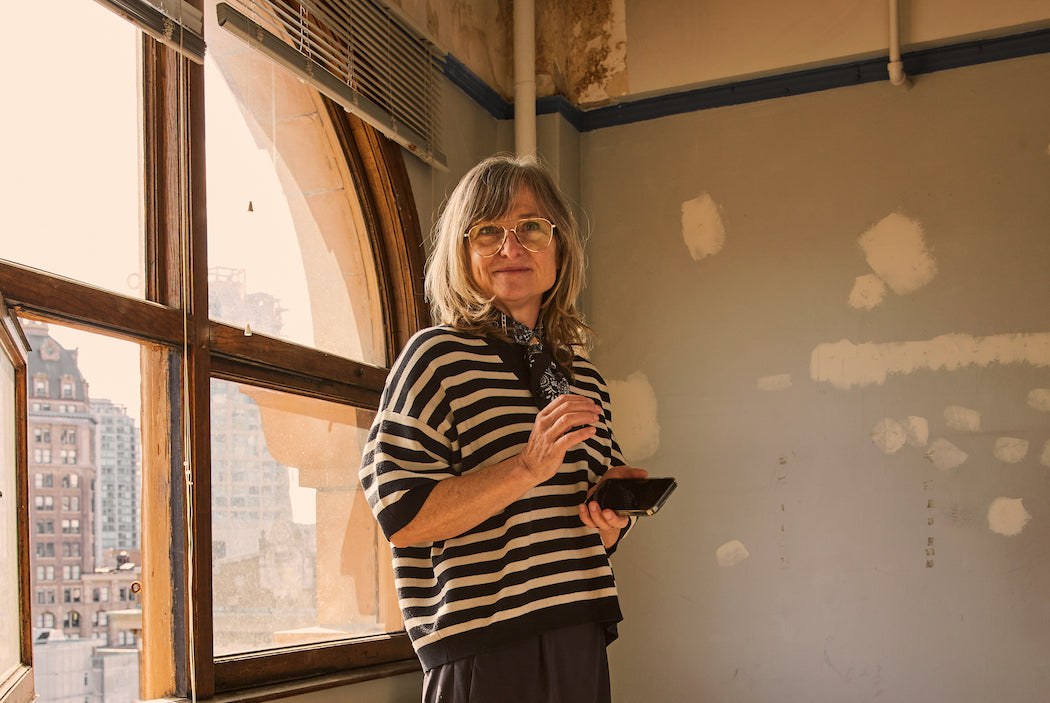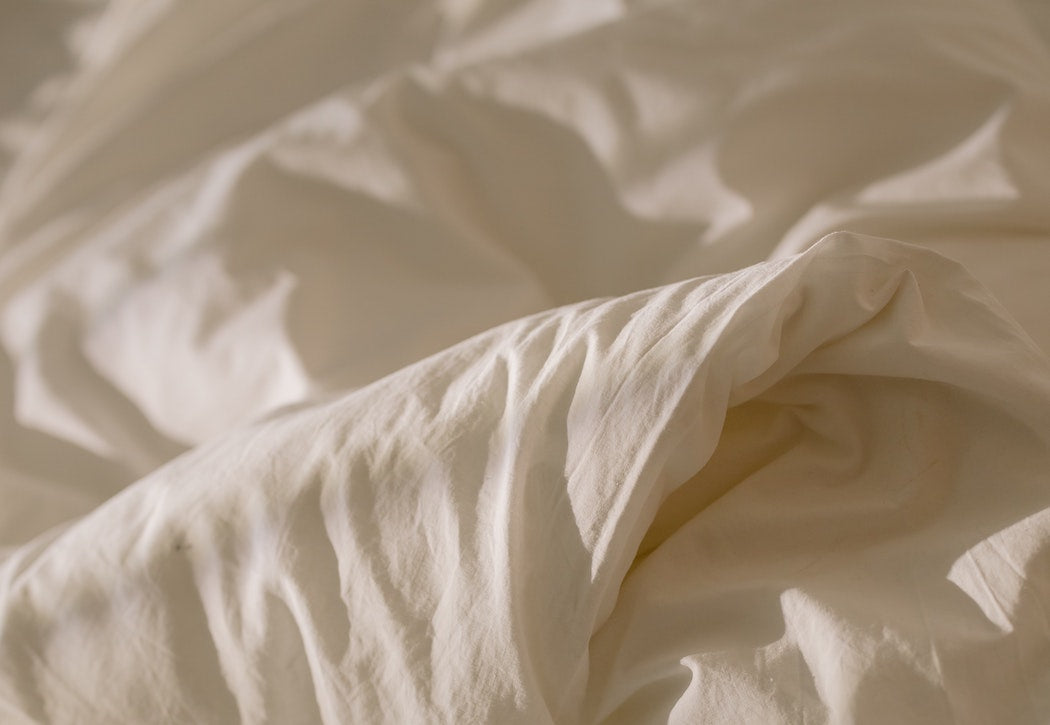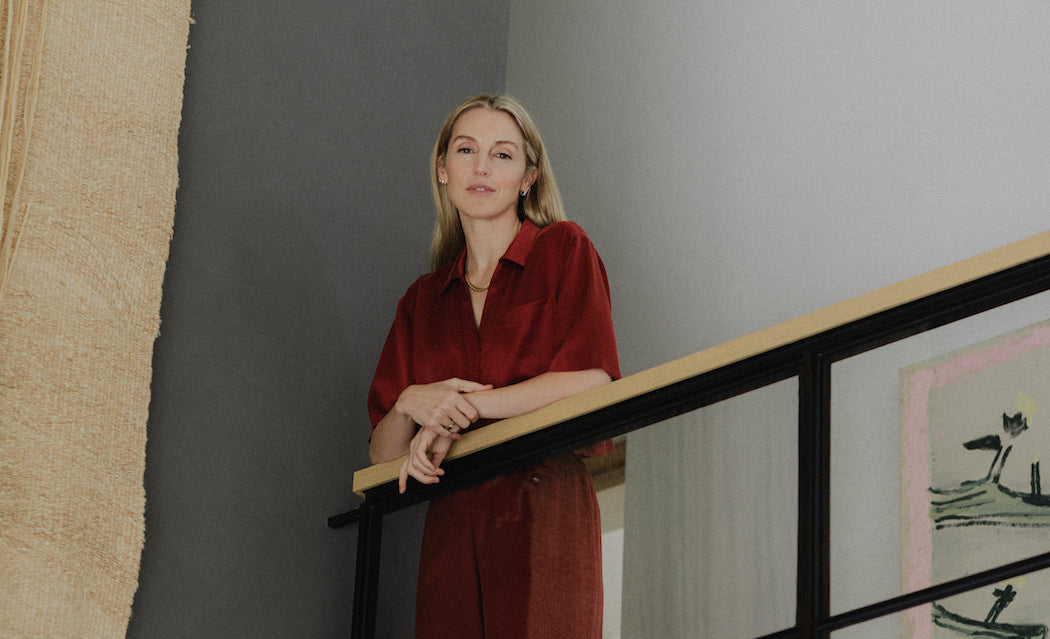Our company was born out of our shared love for natural wellness, our search for awesome caffeine energy boosts, and our quiet determination to optimize our lives without compromises.
We met by chance on a New York City subway and fell in love. Later, while searching for adaptogens to help improve our ability to handle stress and increase energy, we discovered matcha. There is a wonderful adaptogen in matcha called L-theanine, which helps the body regulate stress while controlling the absorption of caffeine—resulting in a clean and sustained mood and energy boost without the jitters and crashes. It also helps regulate the absorption of further caffeine from sources such as coffee, so long as you drink the matcha first.

We soon decided to splurge on a large bag of ceremonial matcha from a boutique in the West Village. That investment changed our lives; we’ve been matcha drinkers ever since. But after moving to Toronto to start a family, we were shocked to find that high-quality, ceremonial matcha wasn’t as ubiquitous in Canada as it was in the United States. We were used to incredibly vibrant fine green powders that tasted incredible—without the need for sweeteners or milk—and started to feel discouraged after trying the various brands available on the market.
So we decided to do something about it. During an inspired conversation while driving one evening, we made the choice to hunt down the best organic, artisanal, ethically-grown matcha from Japan, and bring it to Canada. Thus, Matcha Dive was born.

The creation of the brand took over three years, and the results have been better than anything we’ve ever tasted before or could have anticipated. From the outset, we envisioned Matcha Dive as an opportunity to work with local artists and creatives to introduce ceremonial matcha from the volcanic farmlands of Shizuoka to drink-loving communities in Toronto and across Canada.
What is matcha made from?
Matcha is made from a specially-grown green tea leaf called tencha, which is ground into a fine powder. The leaves are shaded a month prior to harvest in order to promote chlorophyll and nutrient production and to ensure tenderness; after this, they are air dried, gently steamed to prevent oxidation, and stone milled for the ultimate taste, texture, and quality. Stone milling is an extremely slow and labor-intensive process, but an important one that minimizes heat (which degrades the final product). A typical stone mill can only produce about 30 to 40 grams of matcha per hour—roughly a tin’s worth—but it’s the only way we know of to ensure the retention of nutrients, quality, and taste in the final product. After meticulous processing by our master harvesters, our tea experts judge and taste the matcha to ensure that only the most delicious product makes it to our customers.
How to make matcha
- Heat up a kettle of water to 80 degrees Celsius.
- In a bowl, add a teaspoon or two of Matcha Dive ceremonial matcha powder and one ounce of the water. Mix it into a fine paste using a matcha whisk. Tip: if your whisk is brand-new, soak it in hot water for two minutes first; this will help it keep for longer.
- Once you’ve achieved a smooth consistency, add another ounce or two of water and begin whisking gently back and forth in a zigzag motion over the top of the matcha in order to introduce oxygen and to develop a delicious and frothy crema. Remember to keep your arms, shoulders, and body relaxed; this motion can feel meditative and restorative. Once you see the entire surface of the matcha covered in tiny emerald bubbles (called microfoam), then you know it’s ready.
- At this point, you can add more water for an Americano-like drink; milk or a milk alternative for a latte; honey or maple syrup for a touch of sweetness; ice if you want to drink it cold; or whatever else you desire. There is no wrong way to enjoy this drink, and no wrong way to prepare it—so long as you’re happy with the end result.












